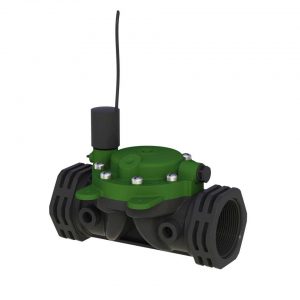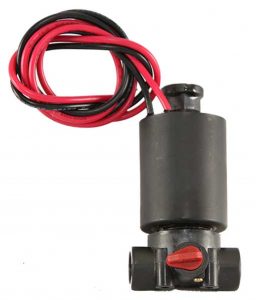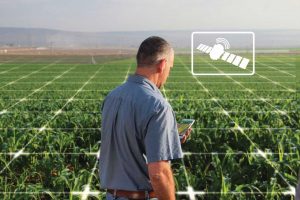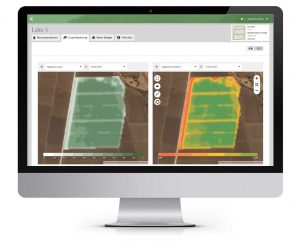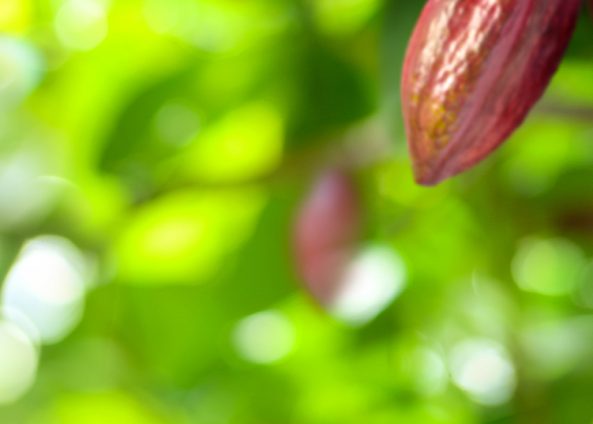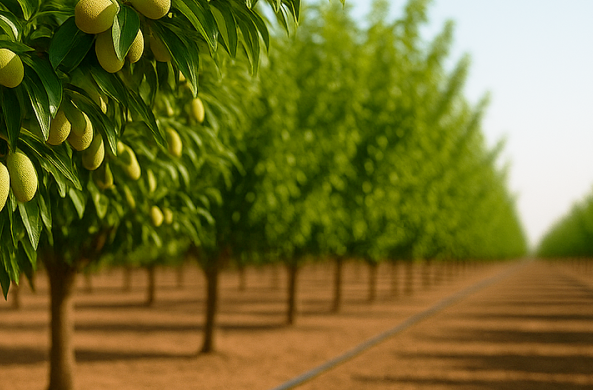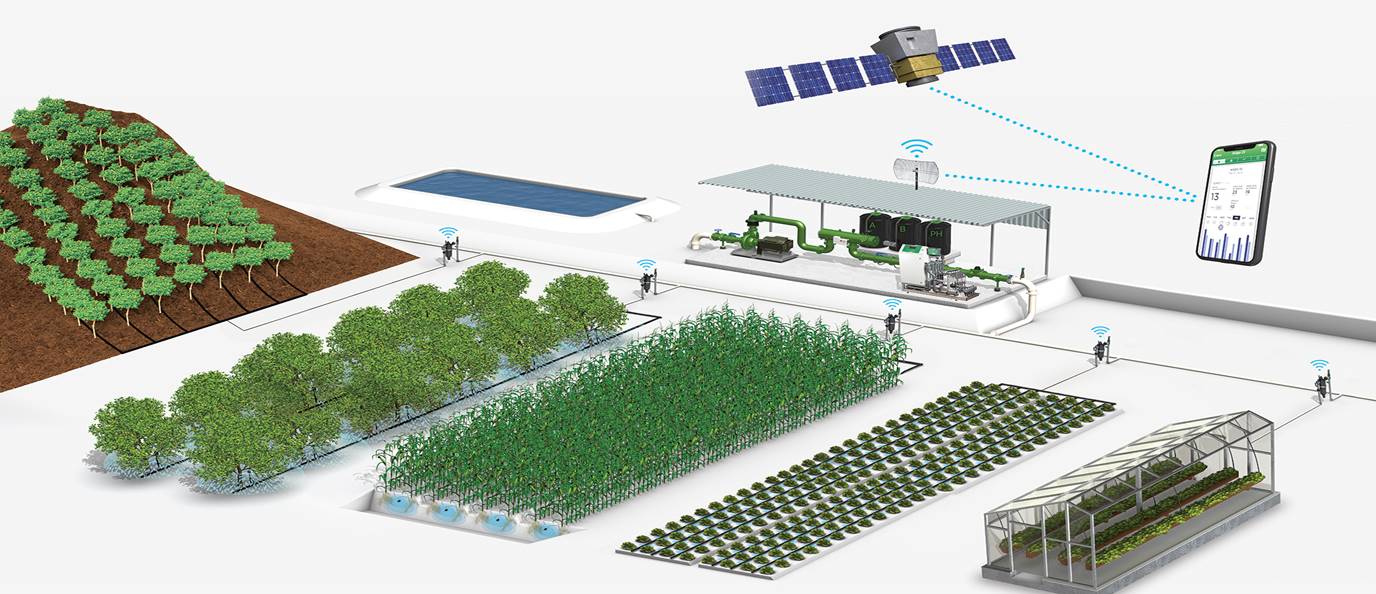
Converting from a manual to automatic operation of a drip irrigation system
By Romeo Dragan, Product Manager Rivulis Eurodrip.
We want to touch on some of the challenges that farmers are facing today and show how automation technology can make your business more profitable. Before jumping into the benefits of automation for a drip system, it’s important first to discuss the basic components required and the different options available. Understanding the range of options can help select the most relevant solution to achieve each farmer’s unique needs.
Automation solutions range from the conversion of a manually operated irrigation system via the addition of an irrigation controller to a more sophisticated system which includes decision making capabilities regarding when and how much to irrigate.
Drip Irrigation Controllers
Choosing the right irrigation controller is the first step because you can at this point decide what level of control and complexity you want to have for your drip irrigation system. You can choose if you want a controller able only to access the field valves or one that can control the full irrigation system including pump, main valve, field valves, backflush filter and fertigation unit.
After determining what we want to control including how many components to control/monitor, we should also consider the communication channel to be used by the controller in its operation of the system components. We can select between hydraulic control or electric control. For electric, we can use wires to connect the controller to the various elements or wireless RTU antennas in case we want to have a field clear of wires.
Field valves – Control Valves
Control valves are the means by which individual blocks are controlled. Depending on the application we can remotely operate a control valve by using hydraulic, electric or pneumatic activation. One commonly used control in drip irrigation is electrical which involves having an electric component called a solenoid installed on the valve. This will enable the valve to receive electric signal and turn on and off.
Depending on the type of hydraulic valves you already are using, there is a possibility to retrofit your existing valves with solenoids and transform them into electric valves very easily. If you are using manual valves then you might need to consider replacing them with hydraulic ones in which case a correct sizing is required based on the flow rate and pressure they will need to handle.
Decision making software
In the past, the timing and amount of water to apply during irrigation were determined via lots of and even complex calculations utilizing irrigation protocols and agronomic conditions (soil type, ET0 etc.), along with interpretation of in-field sensor data.
Manna Irrigation Intelligence is the latest development in the field of decision-making irrigation that has succeeded in addressing the limitations of sensor hardware installed in the fields. Now, farmers have access to remote sensing technology which combines irrigation protocols and hyper local weather data with satellite imagery to provide irrigation recommendations and to crop monitoring.
A high-resolution satellite image of your field is equivalent to having every pixel of the image as the equivalent of sensor unit throughout the field without having the hassle of maintaining and calibrating the hardware. Satellite imagery can even go back in time so farmers can check what happened in their fields as far as 3 years back.
Manna Irrigation Intelligence provides simple but accurate irrigation recommendation so farmers know how much to irrigate and when.
Conclusion
We at Rivulis like to address the challenges that today’s farmers are facing by putting effort into developing the tools they need to improve their operations. If you want to automate your drip system due to lack of workforce or simply because you want to improve precision and efficiency, we can supply you with the tools and the know how to do that.


